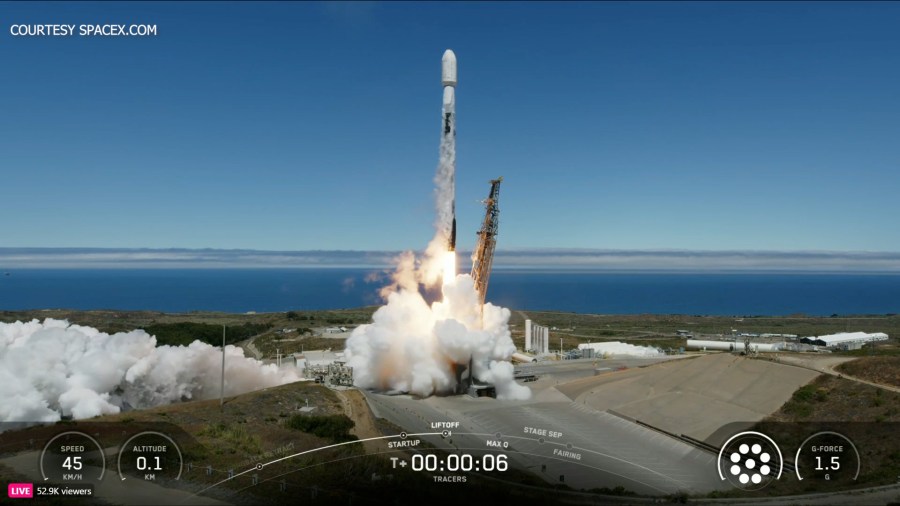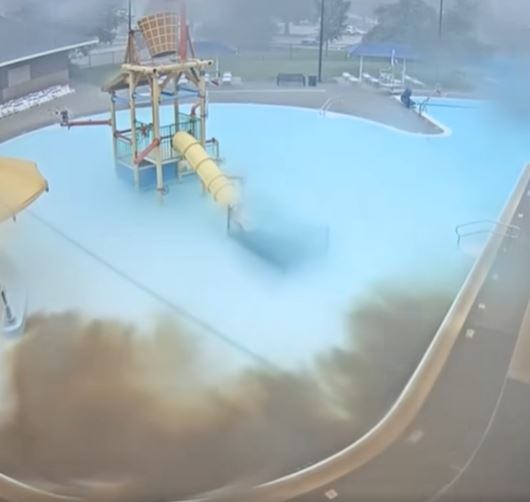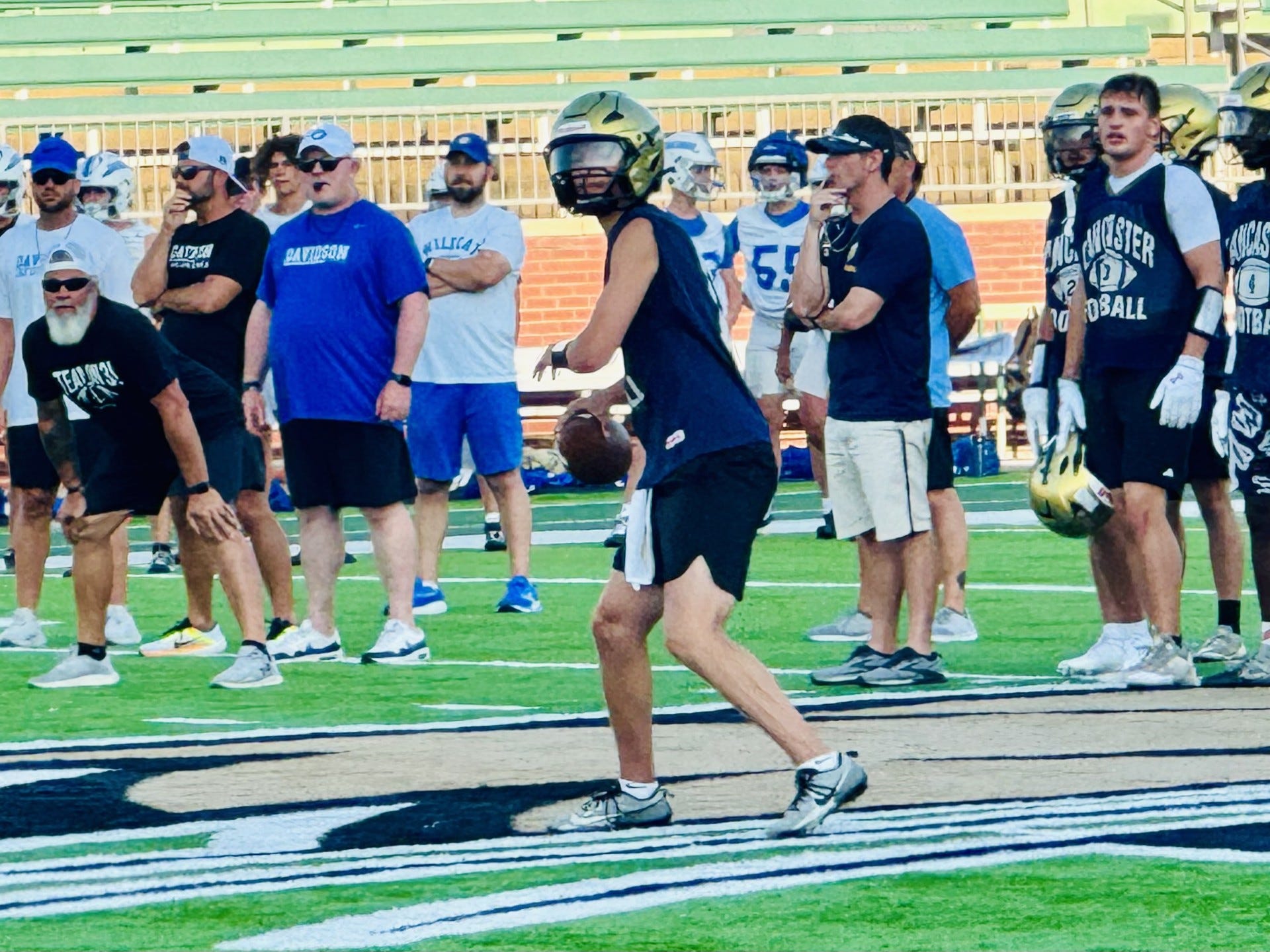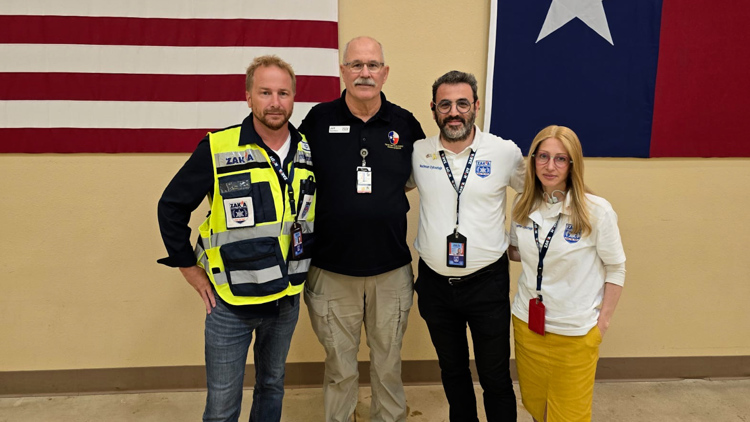Researchers from West Virginia University Play Key Role in NASA’s TRACER Mission
West Virginia University (WVU) researchers are making significant contributions to NASA’s TRACER mission, which aims to deepen our understanding of the relationship between the Sun and Earth. This mission, which has been in development since 2017, took a major step forward on July 23 when a Falcon 9 rocket launched from Vandenberg Space Force Base in California. Among those watching the launch with excitement was Dr. Katy Goodrich, a professor of physics and astronomy at WVU, and Dr. Skylar Shaver, a postdoctoral researcher.
The TRACER mission focuses on studying the electrically conductive particles that emanate from the Sun and interact with Earth’s magnetic field. These particles, known as solar wind, travel through space and can influence the planet’s magnetosphere, especially near the poles. This interaction is responsible for the beautiful natural phenomenon known as the aurora borealis, or northern lights.
To collect data, two satellites were launched into solar orbit. These satellites will spend the next year gathering information about the Sun’s activity and its effects on Earth. The mission involves collaboration among multiple research institutions across the country, but WVU’s team plays a crucial role as science operation leads. Their responsibilities include ensuring that the data collected is accurate, properly calibrated, and accessible to both the scientific community and the general public.
Dr. Goodrich and Dr. Shaver emphasized the importance of making this data understandable and available to everyone. In an interview, Dr. Goodrich highlighted the process of transforming raw data into meaningful insights. “Getting all this data back, we have to go through so many different steps, and sometimes we need someone to help us kind of transition through that to make sure that what we get is digestible,” she explained. “The data needs to be calibrated correctly, packaged correctly, and distributed and explained correctly to not just the scientific community but to the public because this is a public mission and this is for the public.”
Dr. Shaver added, “Our job here is to really take those lines and squigglys that are the data and make it accessible and help people see the bigger picture of what TRACER science is all about.”
The science operation leads are also responsible for providing updates to the public every six months. While there isn’t a dedicated website yet for following the mission’s progress, more information can be found on NASA’s TRACERS website.
This mission represents a significant achievement for WVU and its researchers, who are contributing to one of NASA’s most important scientific endeavors. As the satellites continue their journey around the Sun, the data they collect will help scientists better understand the complex interactions between our star and our planet. The work of WVU’s team ensures that this knowledge will not only advance scientific research but also be shared with the broader public.













Leave a Reply